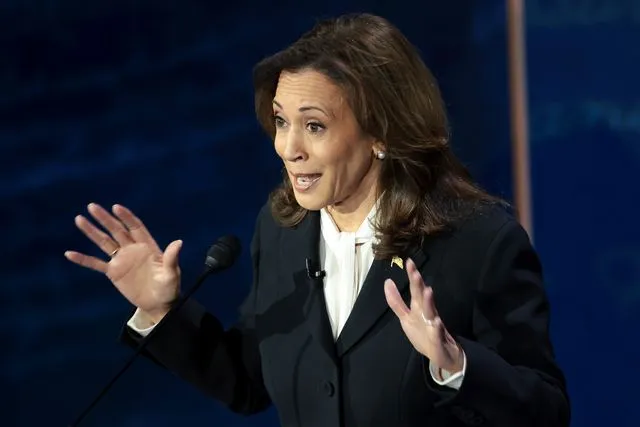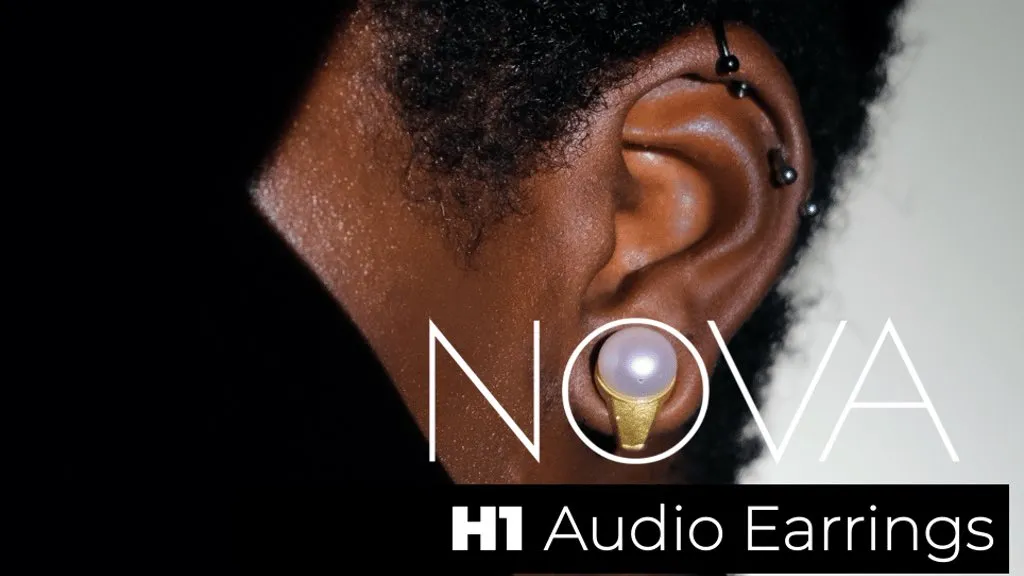
During a high-profile event such as a presidential debate, every detail is under scrutiny. From the tone of a candidate’s voice to their choice of attire, the public is constantly observing and forming opinions. Recently, an interesting topic took the spotlight: Kamala Harris’s earrings. Social media buzzed with speculation that the Vice President was wearing “audio earrings.” But what exactly does that mean, and why did this topic trend during the debate?
The Speculation Around Kamala Harris’s Earrings
It all started when viewers noticed Kamala Harris’s earrings, which appeared sleek and modern. With the rise of advanced technology and increasing use of wearable devices, some wondered whether these earrings were not just a fashion accessory but perhaps a discreet tool used for communication during the debate. Was it possible that Harris was receiving instructions or prompts through her jewelry?
This speculation, however, quickly lost ground as fashion experts clarified that Harris’s earrings were simply a stylish choice from a well-known designer and had no technological function. Nonetheless, the curiosity surrounding the notion of “audio earrings” brought attention to how closely political figures are observed.
Why the Public Cares About These Small Details
Political debates are among the most significant events in shaping voters’ opinions, and candidates are expected to maintain a high level of composure. Their clothing, accessories, and even non-verbal cues play a crucial role in how they are perceived. The idea that someone might be receiving guidance through hidden devices during a debate undermines the authenticity of their responses. Hence, the fixation on the earrings is a reflection of the audience’s desire to ensure fairness and transparency in such important events.
However, after clearing up the misunderstanding, the focus should shift back to the substantive content of the debate. Harris, known for her sharp and articulate presence, has proven herself on multiple occasions to be more than capable without needing hidden assistance.

The Broader Context of Technology in Politics
The discussion around Harris’s earrings brings up a broader question: how is technology influencing political campaigns and public perception? From real-time fact-checking during debates to advanced algorithms used for social media engagement, politics has entered a new digital age. Wearable technology might not yet be a central part of campaigns, but tools like teleprompters, earpieces, and even virtual reality simulations are being explored to enhance communication.
In this digital era, innovation is transforming not just politics but also entertainment and social interaction. Platforms like PKLive, a rising star in the live-streaming industry, are shaping how people engage with technology. Much like the intense scrutiny seen in political debates, live-streamers also face the pressure of authenticity. PKLive provides a unique opportunity for users to showcase their real selves, offering live interactions with audiences that blur the lines between entertainment and genuine connection. Whether it’s debates, gaming, or personal vlogs, platforms like PKLive are paving the way for authentic digital experiences.
Conclusion: The Intersection of Fashion, Technology, and Perception
While Kamala Harris’s earrings turned out to be a fashionable choice rather than a high-tech tool, the incident highlights the increasing overlap between technology, politics, and public perception. As technology continues to evolve, so does the way we interact with leaders, entertainers, and each other. Whether it’s through fashion or live-streaming platforms like PKLive, the digital age is redefining authenticity and engagement in ways we never imagined. In a world where appearances and connections matter, PKLive offers a platform where everyone can broadcast their true selves and build meaningful interactions in real time, much like the transparency we expect from our leaders.


